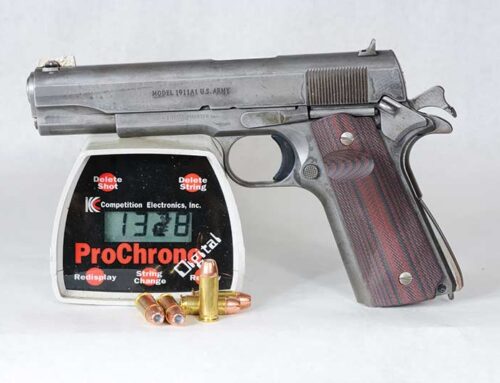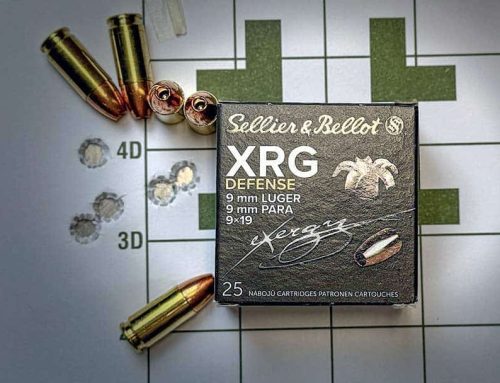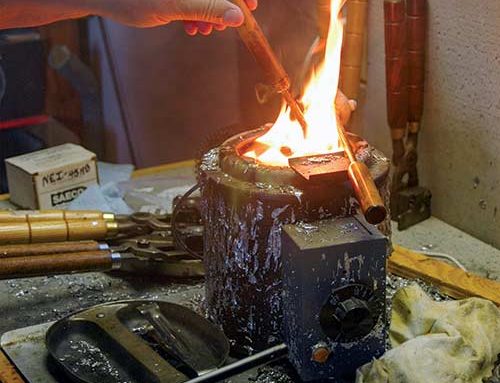Over the years, .40 S&W has been disparaged as a mediocre compromise round. You’ve probably heard some of the descriptions.
.40 Slow and Weak
.40 Short and Weak
 I’ve never really understood that. Sure, most cartridges have pros and cons relative to others, and as study after study shows, none are perfect. All handgun calibers represent some form of compromise. When it comes to one-shot stopping power, perhaps only the MK-19 Automatic Grenade Launcher has a perfect record.
I’ve never really understood that. Sure, most cartridges have pros and cons relative to others, and as study after study shows, none are perfect. All handgun calibers represent some form of compromise. When it comes to one-shot stopping power, perhaps only the MK-19 Automatic Grenade Launcher has a perfect record.
Maybe my obsession with reloading causes me to look deeper at the performance windows of various calibers. When I think about .40 S&W, I don’t automatically assume an 180-grain bullet chugging along at 900 feet per second. I think of the wide variety of loads available, ranging from light bullets like 125 or 140 grain zooming at 1,100 to 1350 feet per second all the way to the 200 grain head heavies moving at 950 feet per second.
Slow and weak? Not necessarily. A 125-grain bullet, larger in diameter than a 9mm, but moving just as fast or faster, is certainly nothing to sneeze at.
The bottom line is that the .40 S&W, like most other cartridges, offers a wide range of potential performance for various tasks. You get to choose the bullet type and weight that suits your intended use.

I tested accuracy using a Bushnell Elite 3500 Handgun Scope in order to eliminate “iron sight” error as much as possible.
On the “con” side, the only real complaint that some people have is the “snappier” recoil than either 9mm or .45 ACP. Since “snappy” is kind of a meaningless subjective description, let’s refer to Andrew Chamberlain’s Cartridge Comparison Guide to look at some recoil energy numbers. An “average” 9mm load with a 115-grain bullet moving at 1,250 feet per second generates 3.67 foot-pounds of recoil energy firing from a 40-ounce gun. A 230 grain .45 ACP moving at 900 feet per second rates 7.25 foot-pounds of recoil energy. The 180-grain .40 S&W moving at 1,020 feet per second measures 6.12 foot-pounds. That’s less than the .45 ACP, but almost twice as much as the 9mm. Subjectively speaking, to me anyway, the .40 S&W recoil is more of a “snap” while the .45 ACP is more of a “push.”
The Barnes TAC-XPD .40 S&W load chooses the velocity side of the spectrum as their 140-grain projectile is rated at 1,120 feet per second, which delivers 390 pounds of energy, measured at the muzzle.
Velocity
To check “real world” velocity, I set up a Shooting Chrony Beta Master Chronograph 15 feet down range and clocked velocity. My test gun was a Beretta PX4, which has a four-inch barrel. I expected to get less than the rated speed since the PX4 has a slightly shorter barrel, and I did.









Leave A Comment